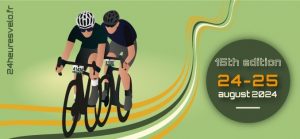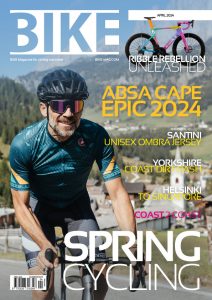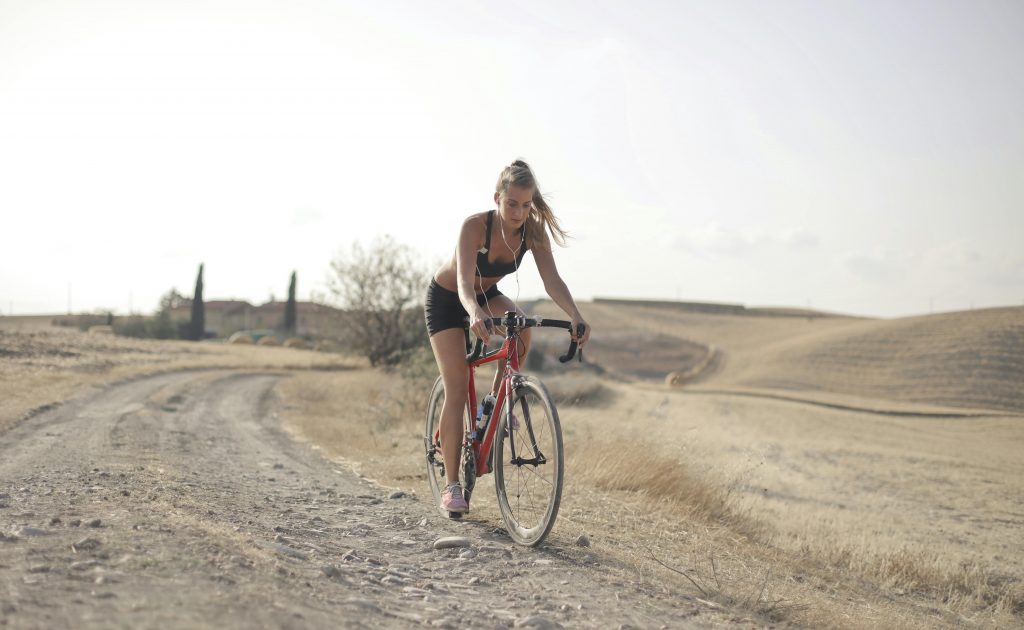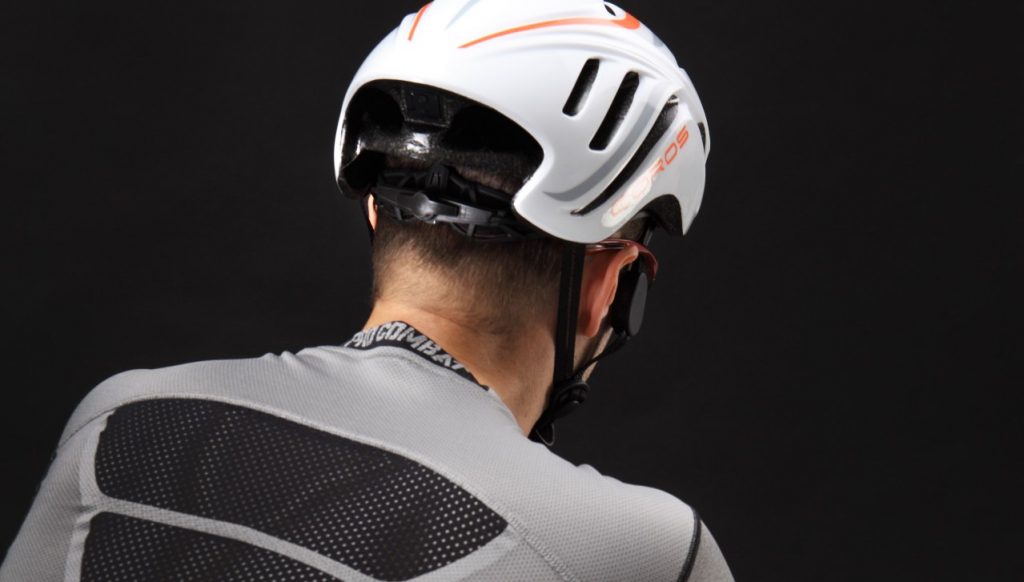A study by experts from New Zealand found that those driving, walking and public transport cycling to work had a 13% mortality reduction.
According to new research, people who choose to go to work reduce their death risk.
Scientists in New Zealand have collected data from 3.5 million individuals, making it one of the biggest studies ever.
The “highly representative study” has indicated a need for an increasing amount of support for people moving by bike, says Dr. Caroline Shaw from the Department of Public Health at University of Otago in New Zealand.
Researchers from the University of Otago, Melbourne University and the University of Auckland were able to carry out their research on data obtained from the New Zealand Study on Census Mortality.
With respect to the census of 1996, 2001 and 2006, the experts found that 80% of people went by car and only 5% walked and 3% cycled.
Results of the study, which has been published in the epidemiologist’s International Journal, show that the cyclists have reduced the mortality rate of a 13% study, mostly because of physical activity’s health benefits.
Mortality for people walking or taking public transportation into jobs has not been reduced.
Dr Shaw said: “Increasing cycling for commuting to work in a country with low levels of cycling like New Zealand will require policies directed at both transport and urban planning, such as increasing housing density and implementing cycling networks.”
“We saw no increase in road traffic injury deaths associated with walking and cycling, although the New Zealand transport system at the time of these studies was heavily car-dominated and roads seldom made allowances for pedestrians and cyclists.”
The study also showed gender difference in working holidays, with 2% of women cycling in comparison with 4% of men, and 7% of women walking or jogging in comparison with 50% of men.
Compared to older people, a greater proportion of youngsters ran, ran or took public transport.
































